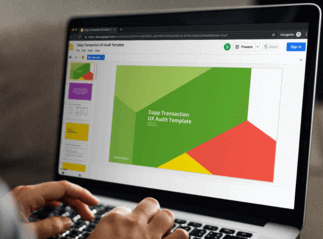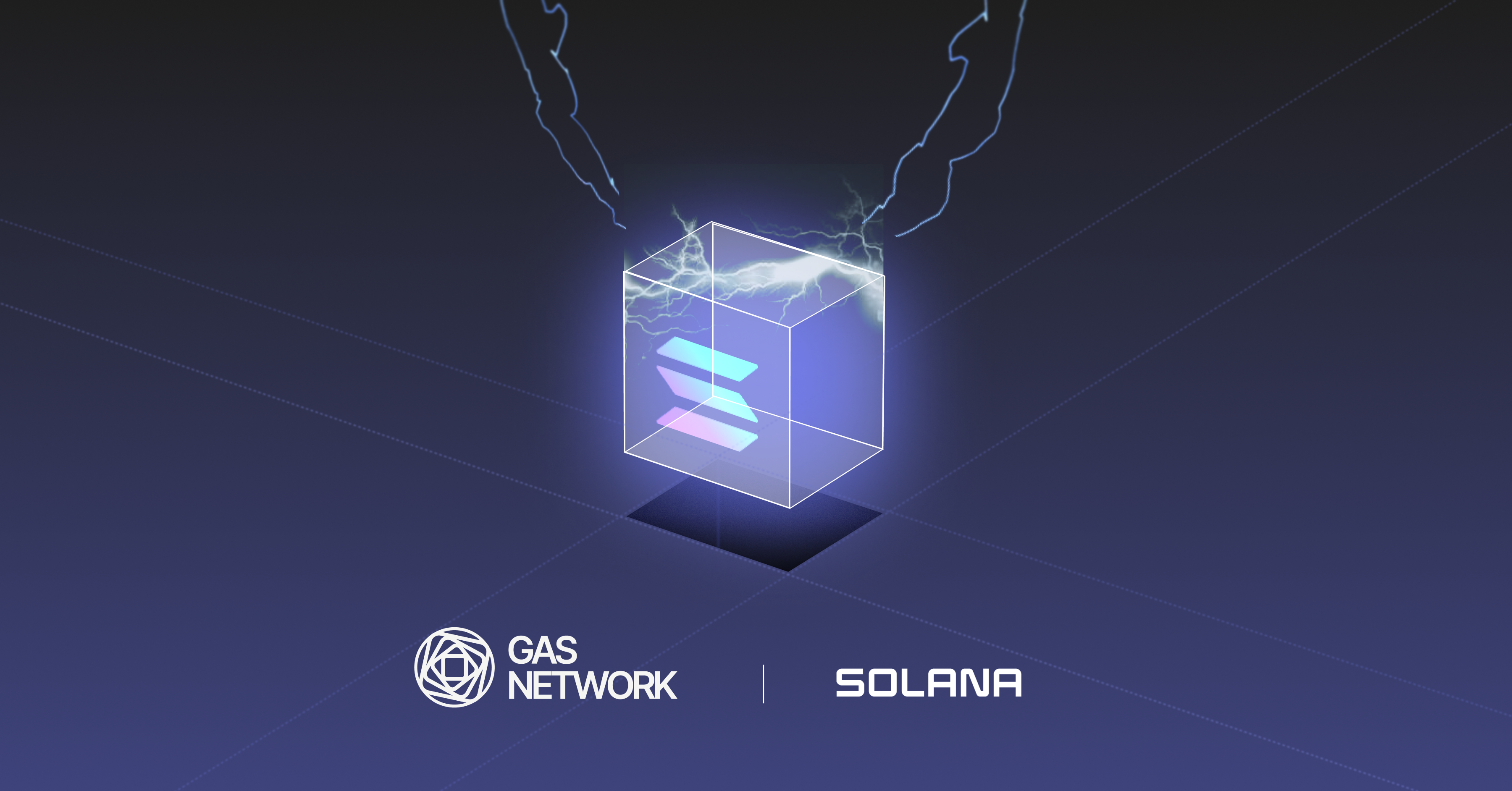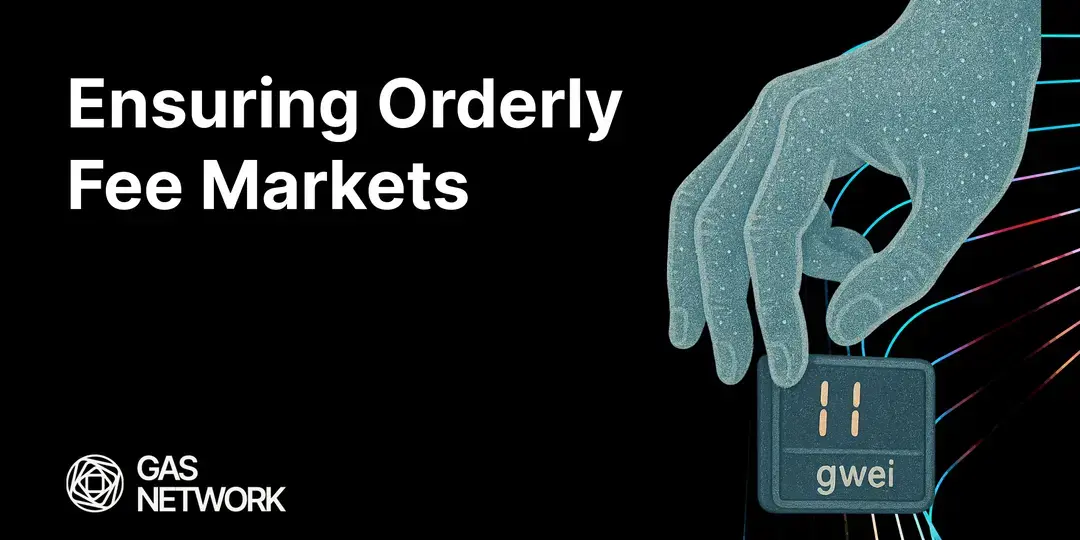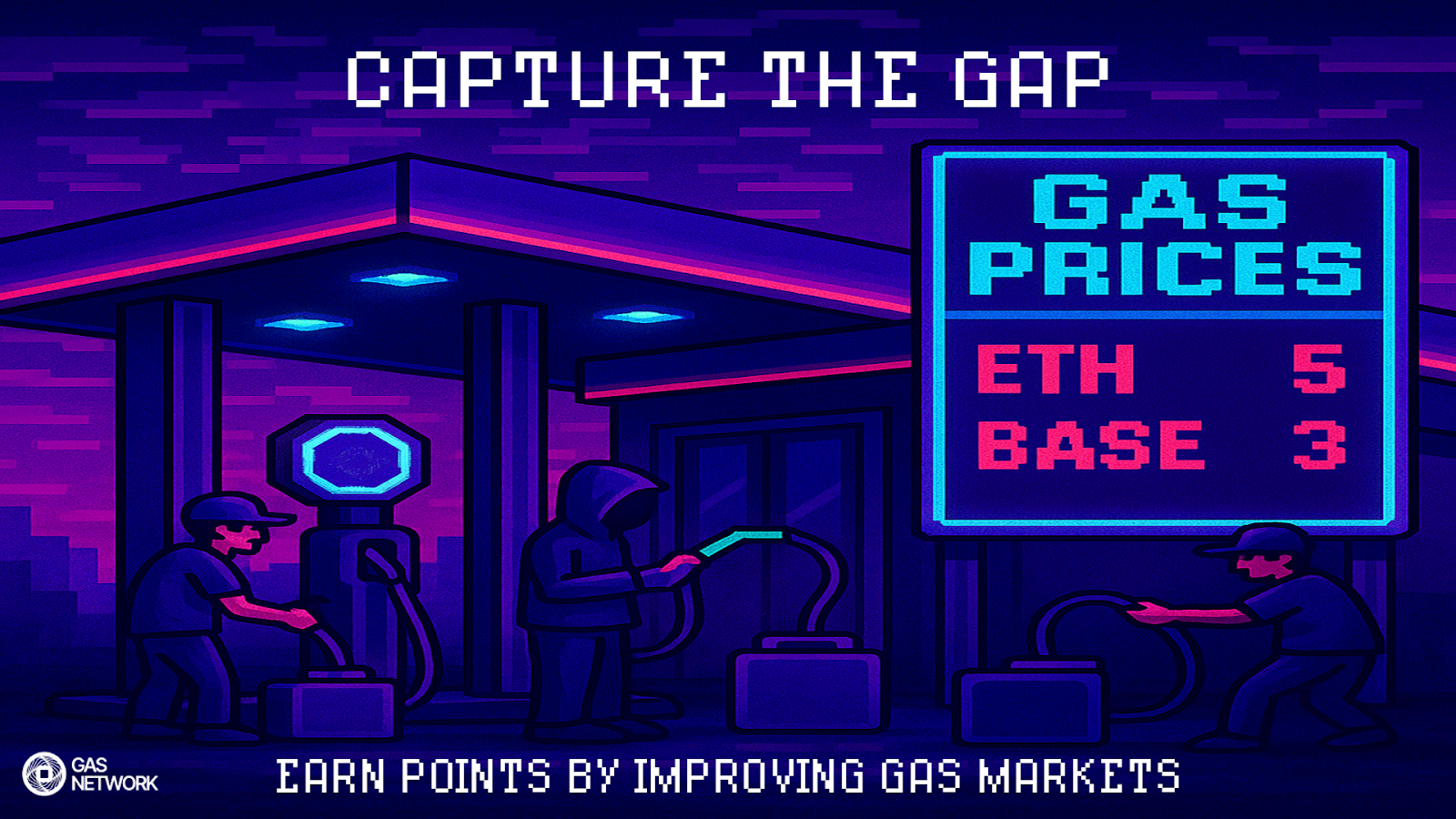Here at Blocknative we spend a lot of time thinking about Dapp usability. Because usability is key to blockchain catching on and taking hold among the masses. If people have a hard time using something, they won’t. Just like if a tree falls in a forest and no one hears it… if a game-changing Dapp has few active users, can it really change the game?
As part of our Dapp usability work, we have worked with Dapp developers to find actionable ways to improve usability. The responses have been insightful and productive, though most of these conversations have happened in private. So, in an effort to share our learnings — and provide the community with actionable tools — this post marks the first in an ongoing series focused on UX Best Practices for BUIDLers.
We plan to publish posts that provide actionable insights on how to improve your Dapp’s UX. We’ll cover both our own findings and highlight other projects and developments in the community.
 So let’s kick things off with our first post in this series: open sourcing our Dapp Transaction UX Audit Template.
So let’s kick things off with our first post in this series: open sourcing our Dapp Transaction UX Audit Template.
We created an audit template to help designers and developers objectively evaluate the transaction usability of their Dapps.
This template provides a simple scoring system for Dapp transaction usability across two major categories:
- Onboarding Support — How well does a Dapp support new Web3 users on desktop browsers? Returning users? All the scenarios that could prevent someone from using the Dapp? Does the Dapp also handle users on mobile and give them specific instructions?
- Transaction Notifications — How well does a Dapp keep users informed as transactions move from Approved to Pending to Successful (or Failed)? How do these notifications get delivered? Are they in an easily-human-readable format?
The objective of this template is to make it easy for designers and product managers to go through their Dapp step-by-step and evaluate it across a dozen crucial elements of successful Onboarding and Transacting. The template also covers:
- Language — Was it easy to understand the terms and prompted instructions?
- Usability — Did the Dapp use consistent and familiar patterns that guided me through the task?
- Visual Consistency — Was the Dapp visually consistent, providing me with visual cues?
You can get the template here: Dapp Transaction UX Audit Template. It emerged after we manually audited a half-a-dozen prominent Dapps to evaluate baseline industry transaction usability. To get started with your own audit, grab the template and work through the instructions to audit your Dapp. Oh, and please share your results with us — we‘d love to see your work!
We created this tool to assist developers and designers in the ecosystem to continue to build human-friendly Dapps. We hope this is another small step in creating shared best practices for interacting with the new web.
And as always, send us your feedback. You can find me on Twitter via @aseoconnor!
Blocknative believes that for users to adopt blockchain, we have to be friendly, human, and simple. We build tools to help users easily onboard and transact with your Dapp. Sign up for free below.
Gas Extension
Blocknative's proven & powerful Gas API is available in a browser extension to help you quickly and accurately price transactions on 20+ chains.
Download the Extension



